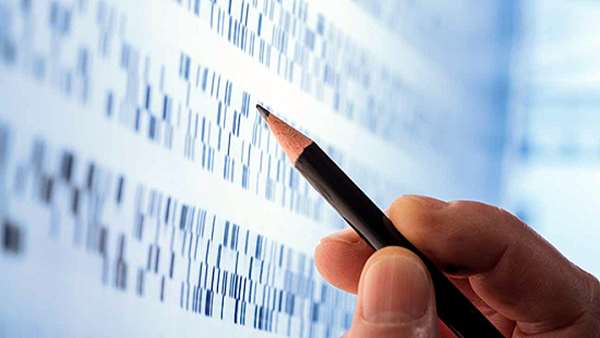Gene therapy: Better adenine base editing system
The human gene is composed of the bases Adenine (A), Thymine (T), Cytosine (C) and Guanine (G), which are arranged in a particular order to encode genetic information.
The human gene is composed of the bases Adenine (A), Thymine (T), Cytosine (C) and Guanine (G), which are arranged in a particular order to encode genetic information. The ABE system is able to generate a desired Adenine (A) to Guanine (G) conversion and therefore allows scientists to alter genetic codes with minimal undesired outcomes. Since almost half of human genetic diseases are caused by C/G to T/C mutation, which could be ideally corrected through ABE, this is a promising technology for therapeutic applications.
Mice and rats are two of the most critical model organisms for biological and medical studies because they can be easily bred and are physiologically similar to humans. Using genetically modified rodent models scientists have made significant progress in understanding human biology, disease pathology and the development of therapeutics for numerous diseases. However, it is not easy to generate mouse or rat strains containing point mutants identified in human diseases, even with targeted genome editing like CRISPR/Cas9.
In these studies, the researchers used the ABE system to efficiently generate three mice strains to mimic the genetic muscle degeneration disorder called Dunchenne Muscular Dystrophy (DMD). They also used a rat model to mimic the hereditary glycogen storage disease type II known as GSD?or Pompe disease. These models could be an important resource for testing innovative therapeutics, especially gene therapy.
"It is critical to expand the targeting scope of the ABE system and test its efficiency and editing window in cells and animals," says Dali Li.
His group at East China Normal University has enabled targeting of genomic sites that were not covered by the original ABE system. They used chemically modified "guide RNAs" (gRNAs) to enhance the overall editing efficiency.
"The early results are promising," Li says. "We are working hard to apply this powerful tool in preclinical therapeutic studies to develop novel gene therapy strategies for different human genetic disorders. I believe that clinical application will be in the near future, although the improvement of overall efficiency and the delivery system for ABE is a challenge."
Reference: https://link.springer.com/article/10.1007%2Fs13238-018-0568-x





ارسال به دوستان